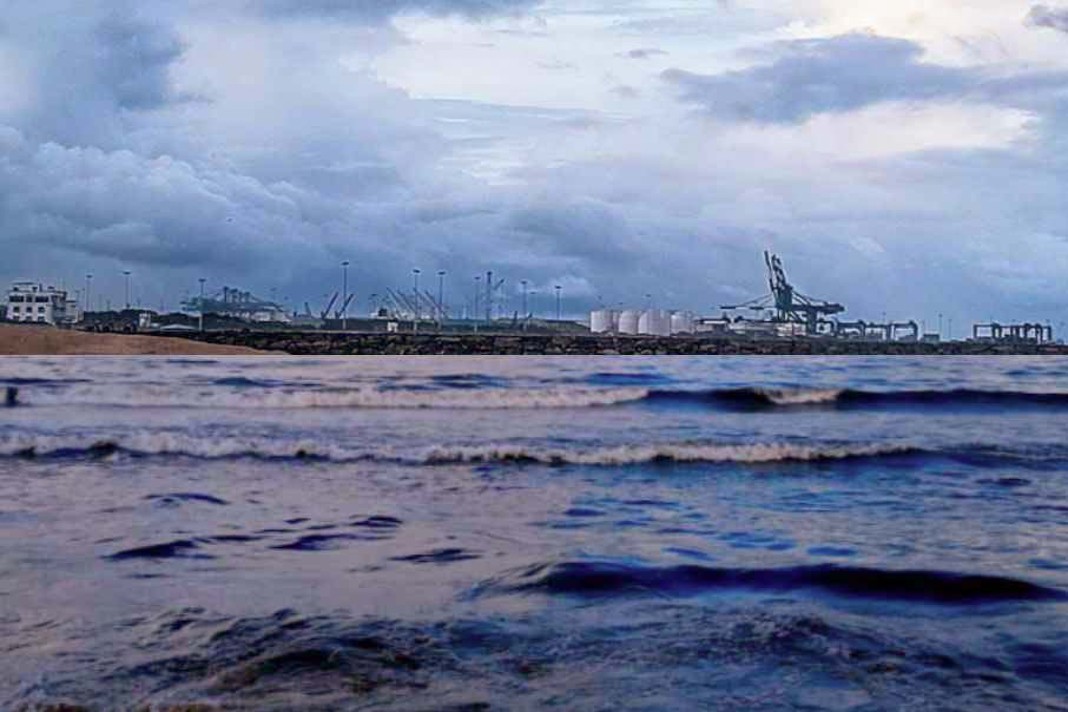On behalf of the Indian PM’s announcement of the inauguration of the Tuticorin International Container Terminal, Container News undertook a comprehensive analysis in order to assess how Tuticorin’s expanded capacity could impact its competitive position against regional transshipment hubs, reports Container News.
Competitiveness Status
The analysis aimed to assess the competitiveness status of Tuticorin port with some key port hubs of the region, like the ports of Colombo and Chittagong, while taking under consideration the major role of the giant port of Singapore. The analysis took also into consideration the important ports of the Middle East, as the Indian Ocean is closely linked to this area, forming part of the same maritime trade route. The ports under consideration were those of Jebel Ali, Salalah and Jeddah.
In the first place, the clues showed that, though Tuticorin has maintained a stable yet static performance over the past two years, it is closely trailing Chittagong in terms of port connectivity. If Tuticorin successfully improves its performance and surpasses Chittagong, it would challenge Bangladesh’s growing role in the regional maritime trade network. This could result in a competitive dynamic between the two countries for becoming the preferred gateway for South Asian trade, especially for transshipment cargo.
Staunch Competition
Colombo maintains a significant advantage over Tuticorin, both in terms of connectivity and throughput, having achieved a 23.6% increase in port throughput compared to 2023. While Tuticorin could eventually compete with Colombo, it will require sustained efforts to improve connectivity and efficiency.
The potential competition between Tuticorin and Colombo could be framed within the broader geopolitical rivalry between India and China, as China has been heavily involved in port development in Sri Lanka. India may aim to counterbalance this by elevating Tuticorin’s role in regional trade.
Ports in the Middle East have experienced a decrease in connectivity, with Jebel Ali being the most resilient. This decline in connectivity creates an opening for other regional ports to attract more traffic. The weakening of connectivity in the Middle East could work in favor of Tuticorin as it seeks to position itself as a key node in the Indian Ocean trade network. This decline in connectivity at these Middle Eastern ports could be linked to global economic shifts, geopolitical instability, or changes in trade patterns.
India sees Sri Lanka as a geopolitical rival in the maritime sector, primarily because of China’s deep involvement in Sri Lanka’s port infrastructure projects. China’s investments in Colombo, Hambantota, and other key ports as part of the Belt and Road Initiative (BRI) are aimed at securing strategic footholds in the Indian Ocean.
India’s strategy of developing multiple ports in the south is a clear response to this challenge. By investing in multiple options (Tuticorin, Vizhinjam, and potentially others), India aims to create a distributed network of ports that can collectively increase its overall maritime throughput.
Did you Subscribe to our daily newsletter?
It’s Free Click here to Subscribe!
Source: Container News
















